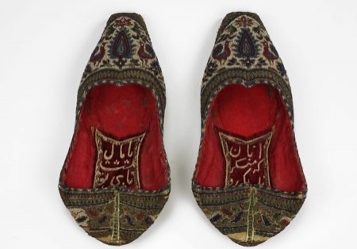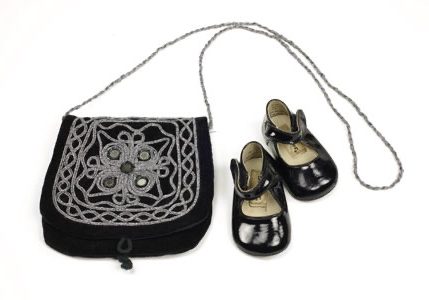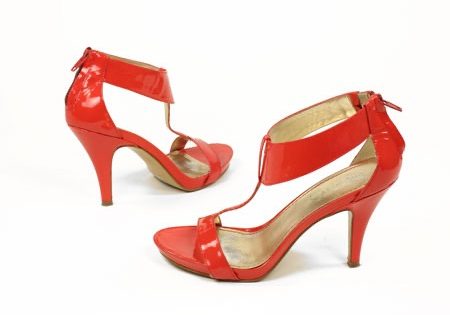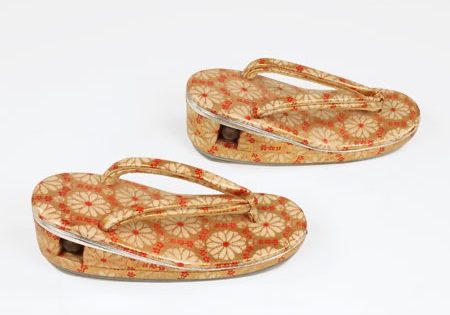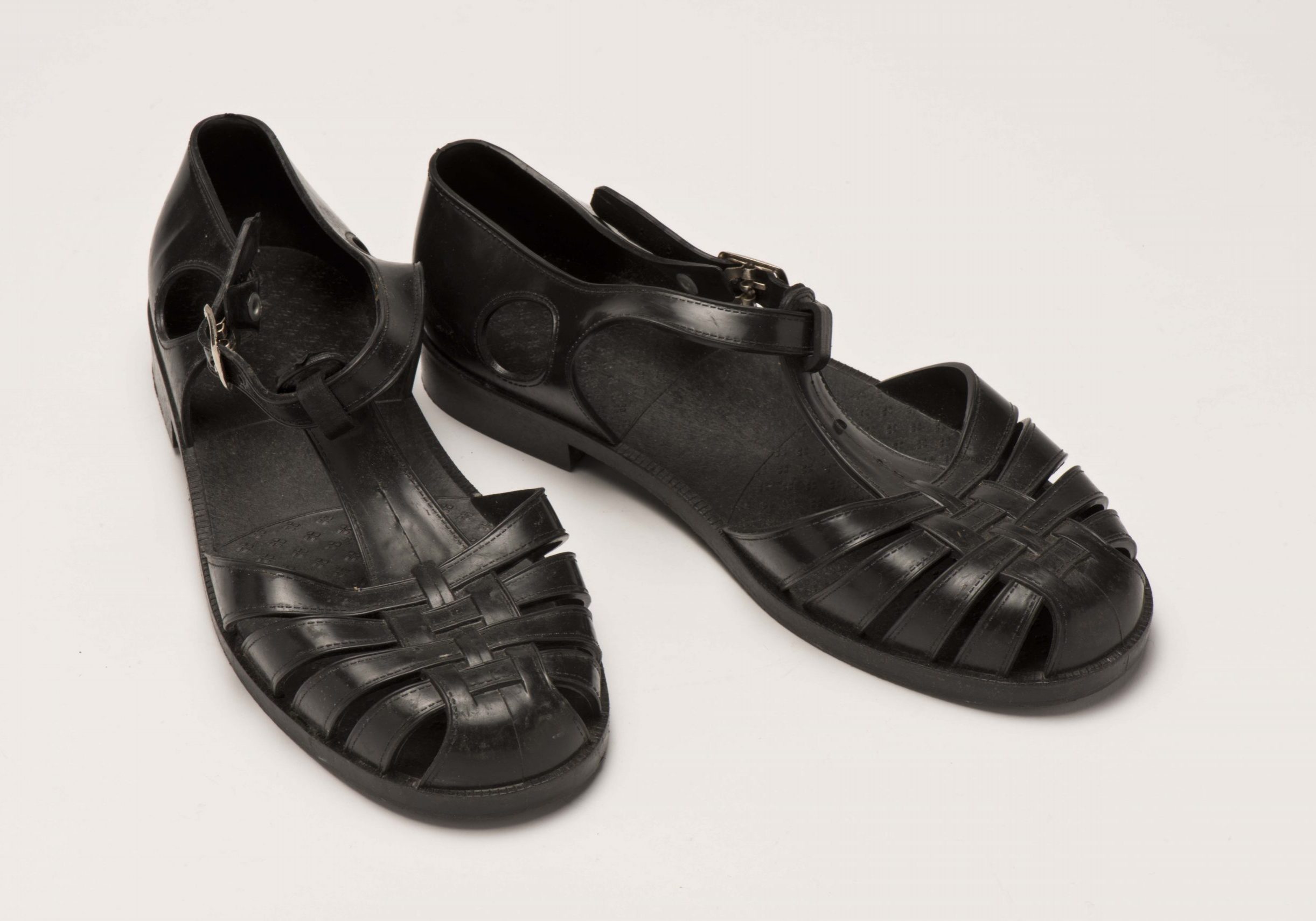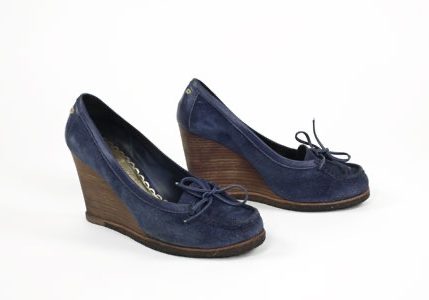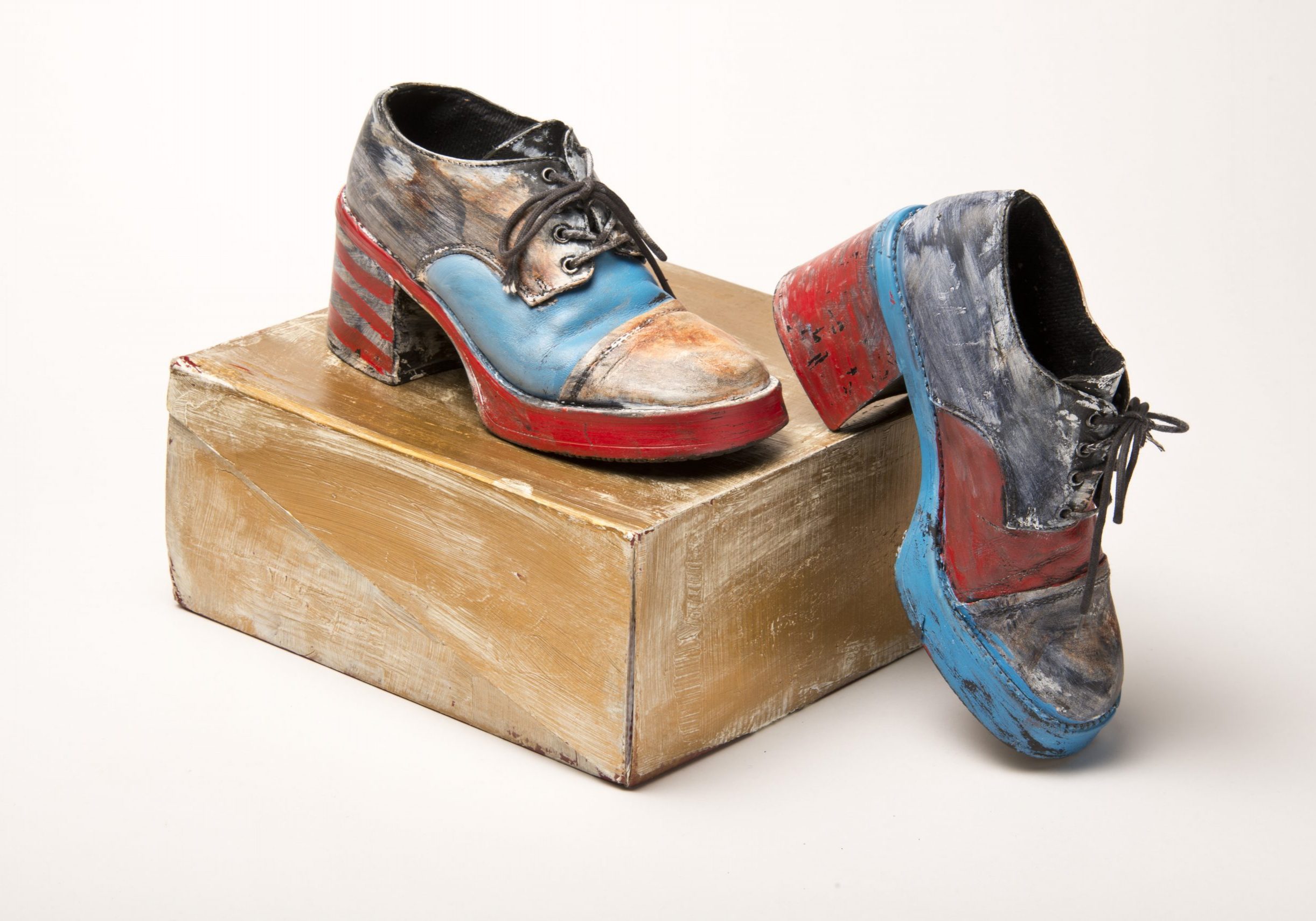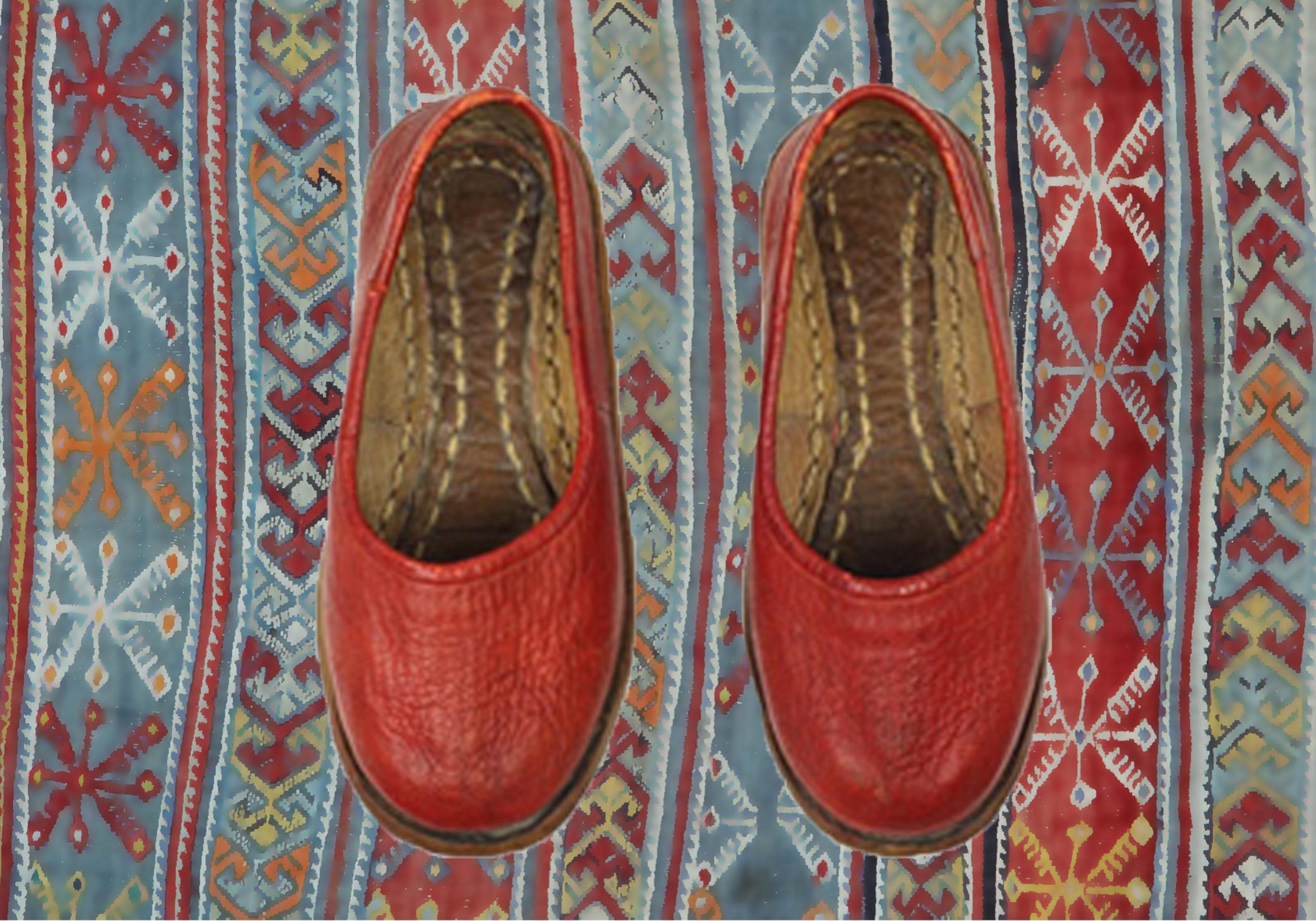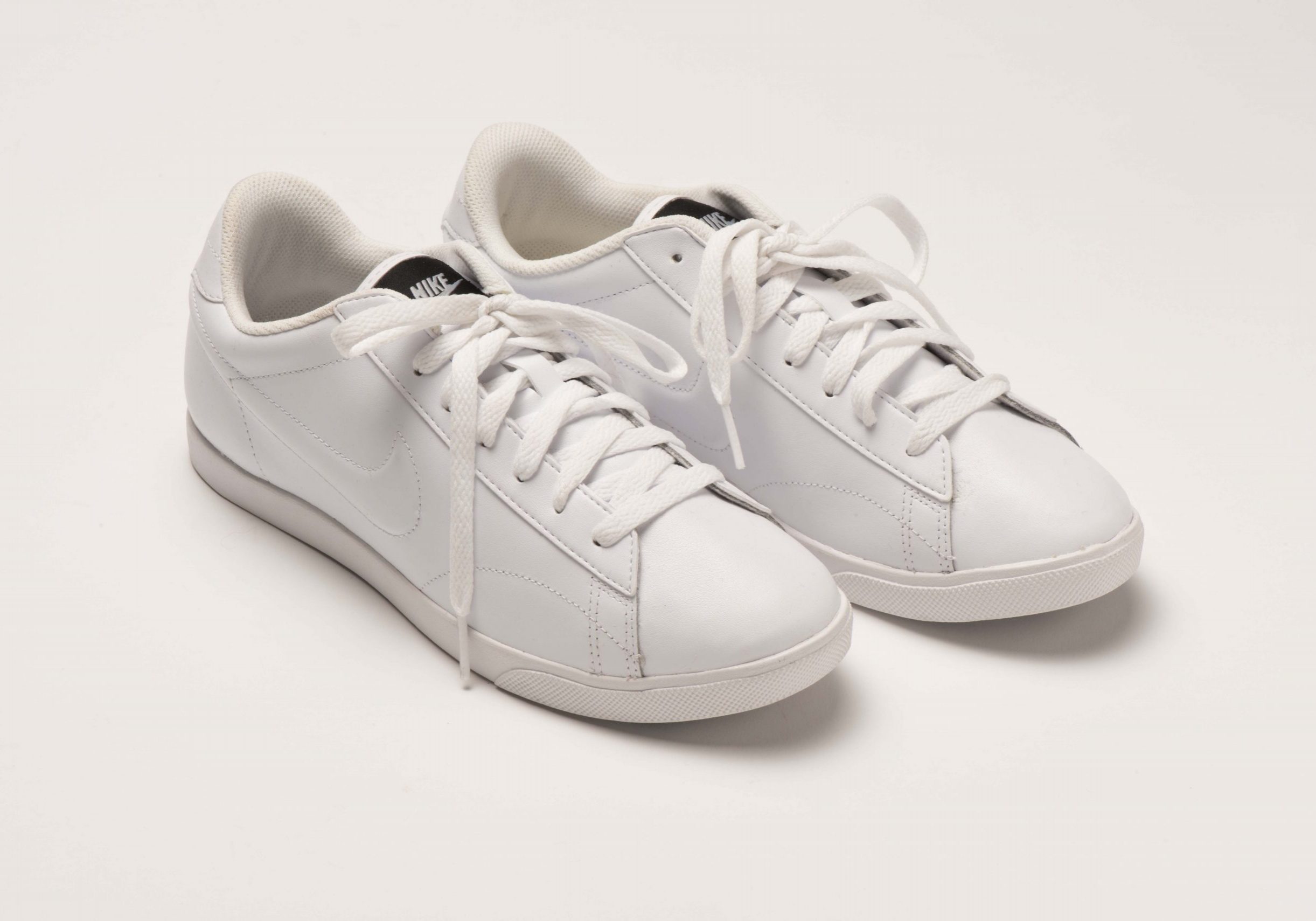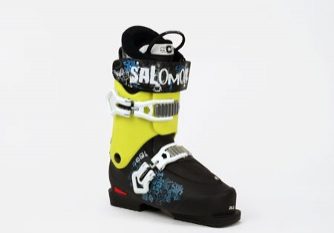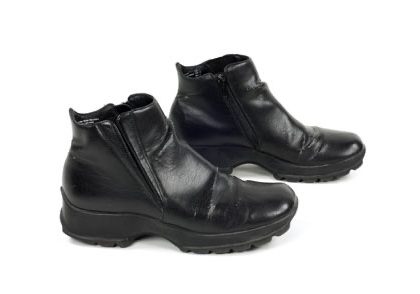Canada, Olé
Elizabeth Meneses Del Castillo
Summary:
When I was a little girl, I wanted two things: to be free to pursue my dreams and to dance flamenco. I grew up in the world capital of salsa dancing, Cali, Colombia, so flamenco wasn’t very popular. And I dreamed of being a journalist, which in a gangster-dominated culture isn’t the easiest path, either.
The two dreams came true at their own pace and for very different reasons. And while one was realized whether I liked it or not, I found my way to the other dream at exactly the right time and place in my life.
Story:
It’s said that a natural ability to dance salsa runs in the blood of Caleños, the people of Cali, Colombia. I grew up as a Caleña in the city called the world capital of salsa dancing.
I remember being a little girl and listening to the radio playing salsa song after salsa song. It seems natural that my siblings and I moved intuitively to the salsa rhythms at the many family reunions over the years.
However, little by little, a passion for a different rhythm won my heart.
When I was nine years old, my father, a radio operator for the Colombian merchant marine, returned from a trip to Europe with some gifts. Among them was a beautiful Spanish doll with a long red dress and black shoes. Her fingers were posed in a sophisticated position, and her hair was pulled back with a red comb. My dad also brought me a pair of castanets and a white cassette tape filled with flamenco songs. My mom put the doll as a decoration on a table in our living room and hung the castanets on the wall. I took the tape straight to my stereo.
Soon after, I organized my dance routine. First, I put on my mom’s red dress and black heels. Then, I moved a chair from the living room and put it in front of a mirror so that I was tall enough to see myself. I would push play on the tape, run and jump up on the chair, look at the Spanish doll and put my hands in the same position as hers, moving my legs, feet and head as if I was a flamenco dancer.
Although I didn’t actually have the right dress or the special shoes, let alone the knowledge of how to dance those songs, in front of that mirror and in my fantasy, I was a flamenco dancer who made precise, strong steps, following the music.
But flamenco wasn’t very popular in Cali, either on my block or in my house. So the dream of being a flamenco dancer, like the doll with the red dress, got lost somewhere along the road when I was an adolescent.
I grew up, and I had other dreams. I wanted to be a journalist, which in a gangster-dominated culture isn’t the easiest path, either. In my memory, the rhythm of the salsa clubs and cabarets matched the rhythm of the gunfire that would sometimes riddle my city.
However, I did actually become a journalist; I wore the shoes of a TV reporter for six years. I told stories of many missing people in Colombia, their dreams, failures, and last steps. It was a great job, one that made me feel proud of myself, especially when the stories had a happy ending. But when I took a job as a reporter in my home town, I found a reality I wished I had never known.
The contradictions of Cali were dramatic. I was supposed to be telling community stories. Instead, stories of dead people and violence began to dominate my writing and my life, as they did for Caleños and Colombians in general. That kind of news – dark, and tragic and frightening – became almost routine.
What I used to enjoy as a journalist was forgotten. I was a more “experienced” reporter, but at a cost: I realized I had become desensitized to the violence and suffering that poisoned our communities.
In 2000 I decided to emigrate to Canada. I needed a change, a new start and new dreams. Here, I got my very first pair of flamenco shoes. Here, I finally began to learn the art and soul of flamenco dance. These shoes, made in Canada, introduced me to the el compás and los pasos rhythms and the many different heel-tap combinations of flamenco.
Around the same time, I married and became pregnant with my first child. And the dream of journalism changed. It became something different when I found a new career in Communications. So when I let go of one dream and left the death and violence behind me, I found another dream just as I was bringing a new life into the world. And the rhythmic tapping of the dance steps in my sleek black flamenco shoes rocked my new daughter into the world.
ELIZABETH MENESES DEL CASTILLO is a communications strategist with the Ontario Public Service. A former TV reporter from Colombia, Elizabeth has also worked with the CNN Spanish edition from Toronto and for CityTV. She has also published several articles for Spanish and English publications, including TrustLaw, a Thompson Reuters Foundation and women’s rights blog, El Tiempo, Colombia’s largest daily newspaper, and Correo Canadiense, a Spanish language newspaper in Toronto. With her husband Andrew, Elizabeth guides her daughters Penelope and Amelia to navigate the beauty of being from two cultures, Canadian and Colombian, while enjoying the ride herself. Since it was created in 2011, Elizabeth has contributed to The Shoe Project because there is no better metaphor for the journey of immigration in a sophisticated way than using a pair of shoes.
Read Other Stories from this Author
My Valentino Shoes
I bought my first and only pair of Valentino shoes in Italy in 2007. Designed for what I believe are special occasions...
Cast-off Shoes
I was walking from Queen’s Park to my office on University Avenue when I noticed a pair of men’s sandals on the sidewalk...
